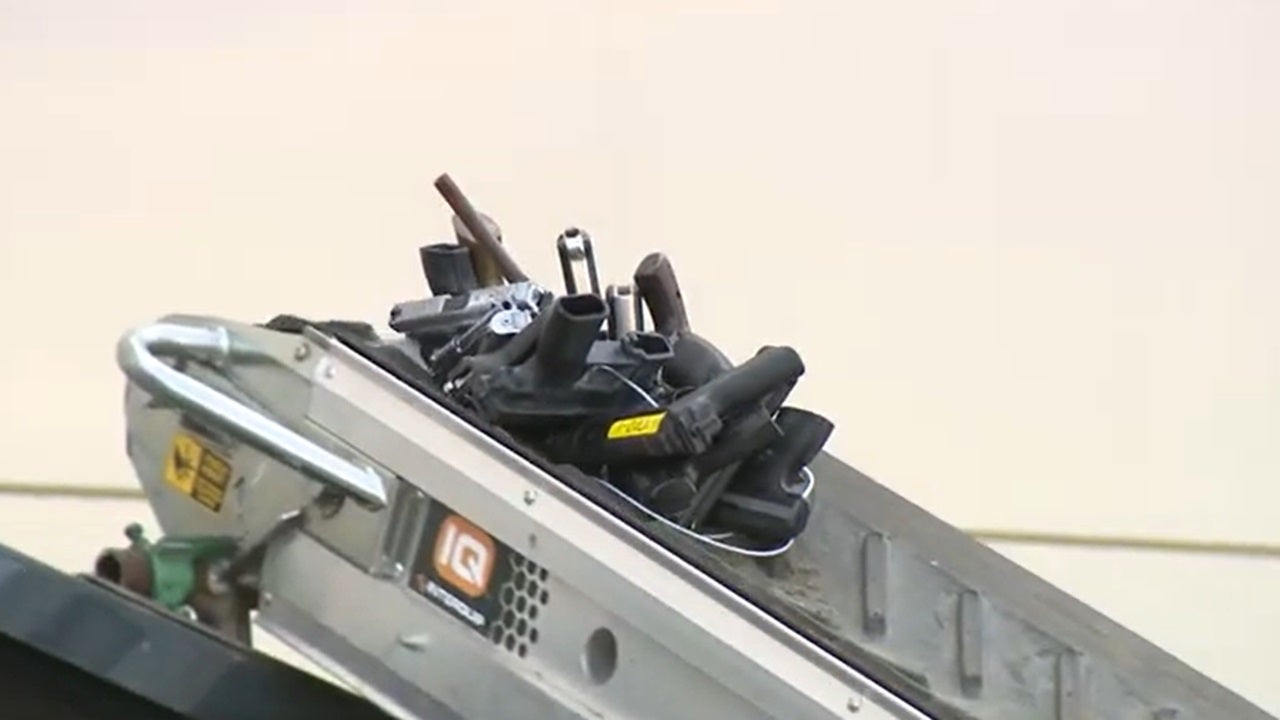NYC's Tap Water at Risk: Salinity Levels Soar, Threatening Future Supply
Decades of road salt use is jeopardizing New York City's water supply. A recent study reveals that salinity levels in the Croton Water System, which provides 10% of the city's water, have tripled since 1987. This alarming trend could force the abandonment of the Croton system as early as 2100 if left unaddressed.
The Salting of NYC's Water
The Croton system, dating back to 1842, comprises 12 reservoirs and three lakes. The study shows chloride concentrations—an indicator of salinization—are on track to exceed state limits by 2108. This poses a significant threat to the quality and availability of New York City's famed tap water, impacting millions of residents.
While the Delaware and Catskill watersheds, supplying 90% of the city's water, are less affected due to lower development, the Croton system's vulnerability highlights the widespread issue of road salt pollution.
Solutions and Challenges
Several solutions are being explored, including:
- Reverse osmosis: This expensive, energy-intensive technology can remove salt from water.
- Water mixing: Blending Croton water with less salty water from other sources could help, but wouldn't address the needs of the municipalities that rely on the Croton system.
- Road salt reduction: This is considered the most practical solution. Options include using salt alternatives, employing sensors on snowplows to optimize salt application, and implementing strategies to reduce salt usage during maneuvers.
State Senator Pete Harckham has introduced bills to address the issue, emphasizing the need for collaboration between state agencies and local governments.
Environmental Concerns and Public Health
High salt levels in drinking water present significant environmental concerns and could pose health risks, particularly for individuals on low-sodium diets. The situation underscores the urgent need for proactive measures to mitigate the effects of road salt pollution and safeguard New York City's water supply.
<p>The problem extends beyond NYC. High salt levels in water are a growing concern in many snowy regions across the US.</p>





Comments
Join Our Community
Sign up to share your thoughts, engage with others, and become part of our growing community.
No comments yet
Be the first to share your thoughts and start the conversation!